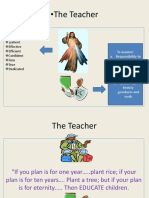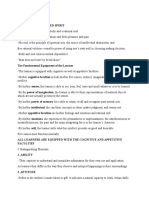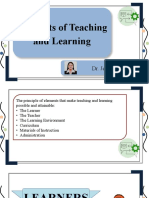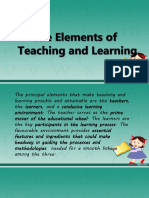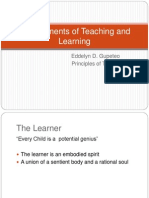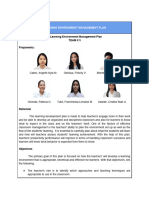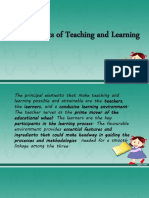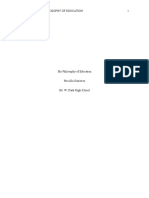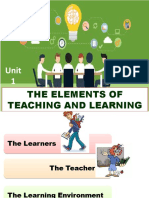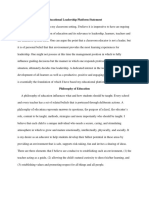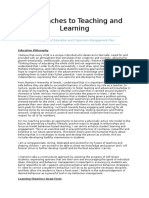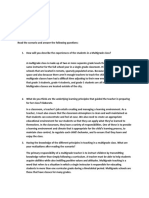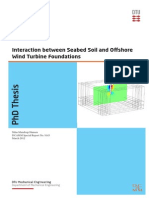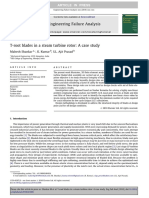0% found this document useful (0 votes)
73 views6 pagesPresident Ramon Magsaysay State University
The document outlines principles of teaching geography and culture to intermediate grade students. It discusses the attributes and qualities of an effective teacher, including being patient, dedicated, and cultivating students' minds. The document also covers understanding learners and their abilities, aptitudes, interests and backgrounds. It emphasizes the importance of creating a positive learning environment where students feel respected and accepted.
Uploaded by
Via Marie DadoCopyright
© © All Rights Reserved
We take content rights seriously. If you suspect this is your content, claim it here.
Available Formats
Download as PDF, TXT or read online on Scribd
0% found this document useful (0 votes)
73 views6 pagesPresident Ramon Magsaysay State University
The document outlines principles of teaching geography and culture to intermediate grade students. It discusses the attributes and qualities of an effective teacher, including being patient, dedicated, and cultivating students' minds. The document also covers understanding learners and their abilities, aptitudes, interests and backgrounds. It emphasizes the importance of creating a positive learning environment where students feel respected and accepted.
Uploaded by
Via Marie DadoCopyright
© © All Rights Reserved
We take content rights seriously. If you suspect this is your content, claim it here.
Available Formats
Download as PDF, TXT or read online on Scribd
/ 6
